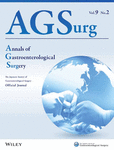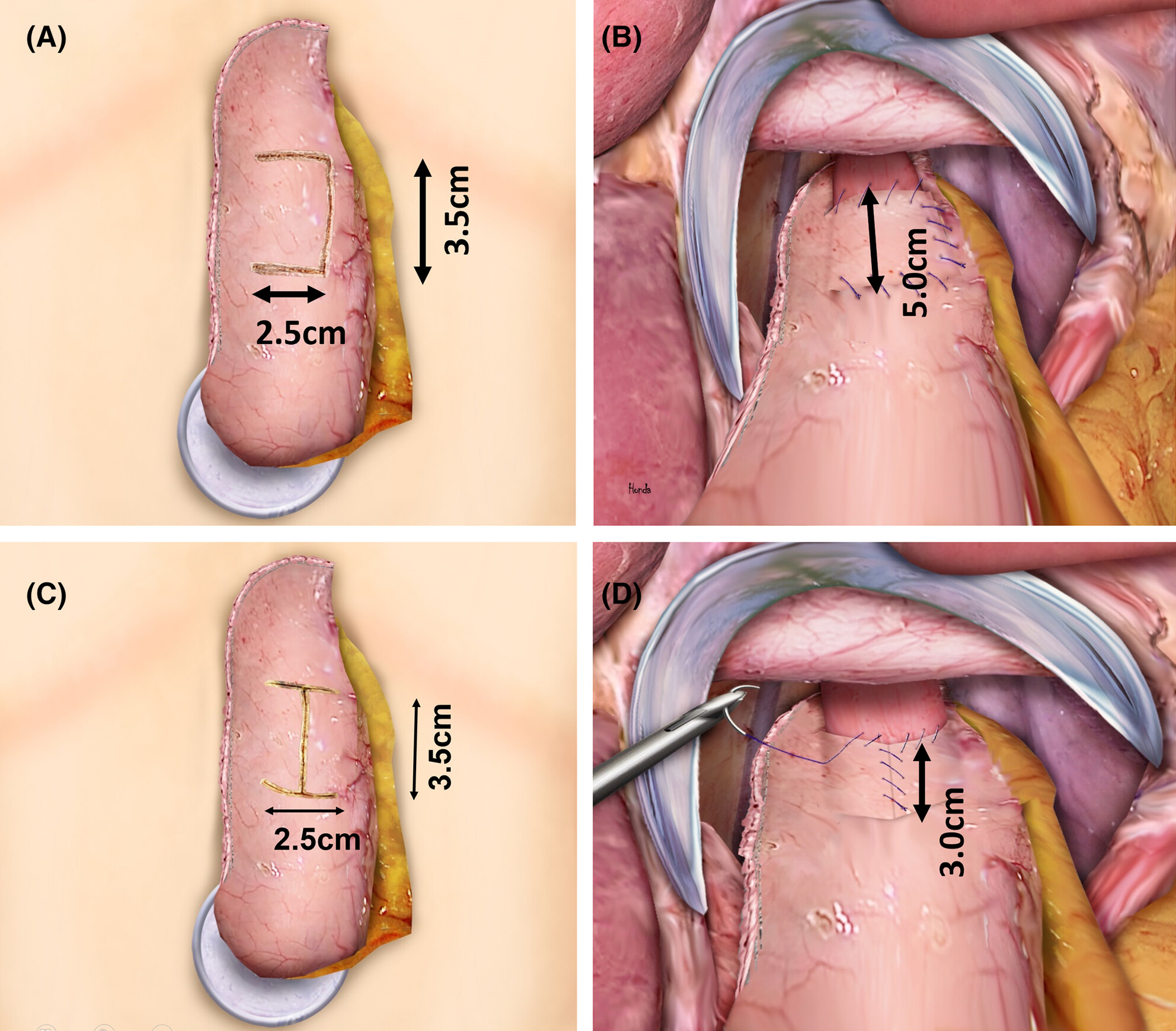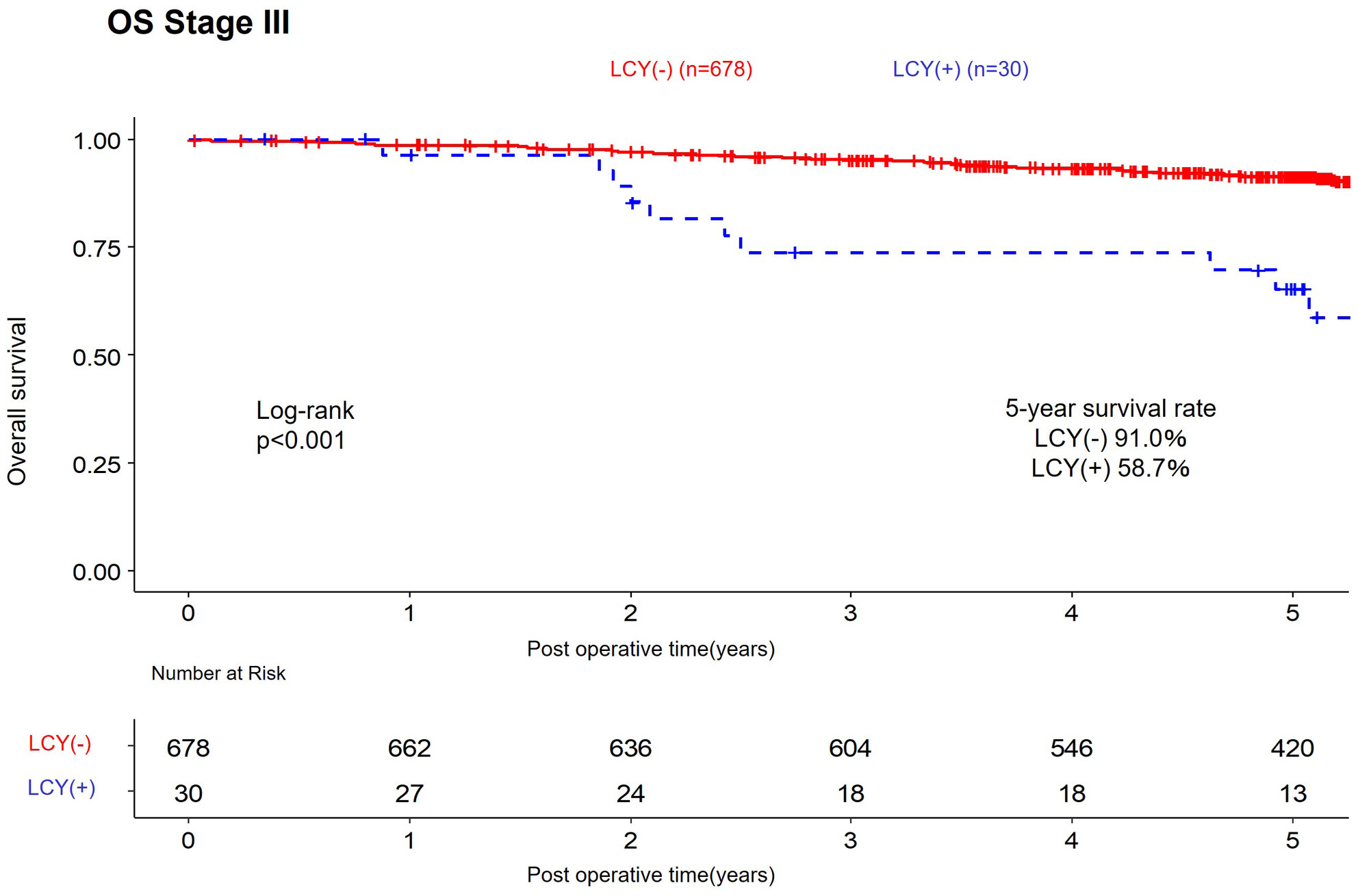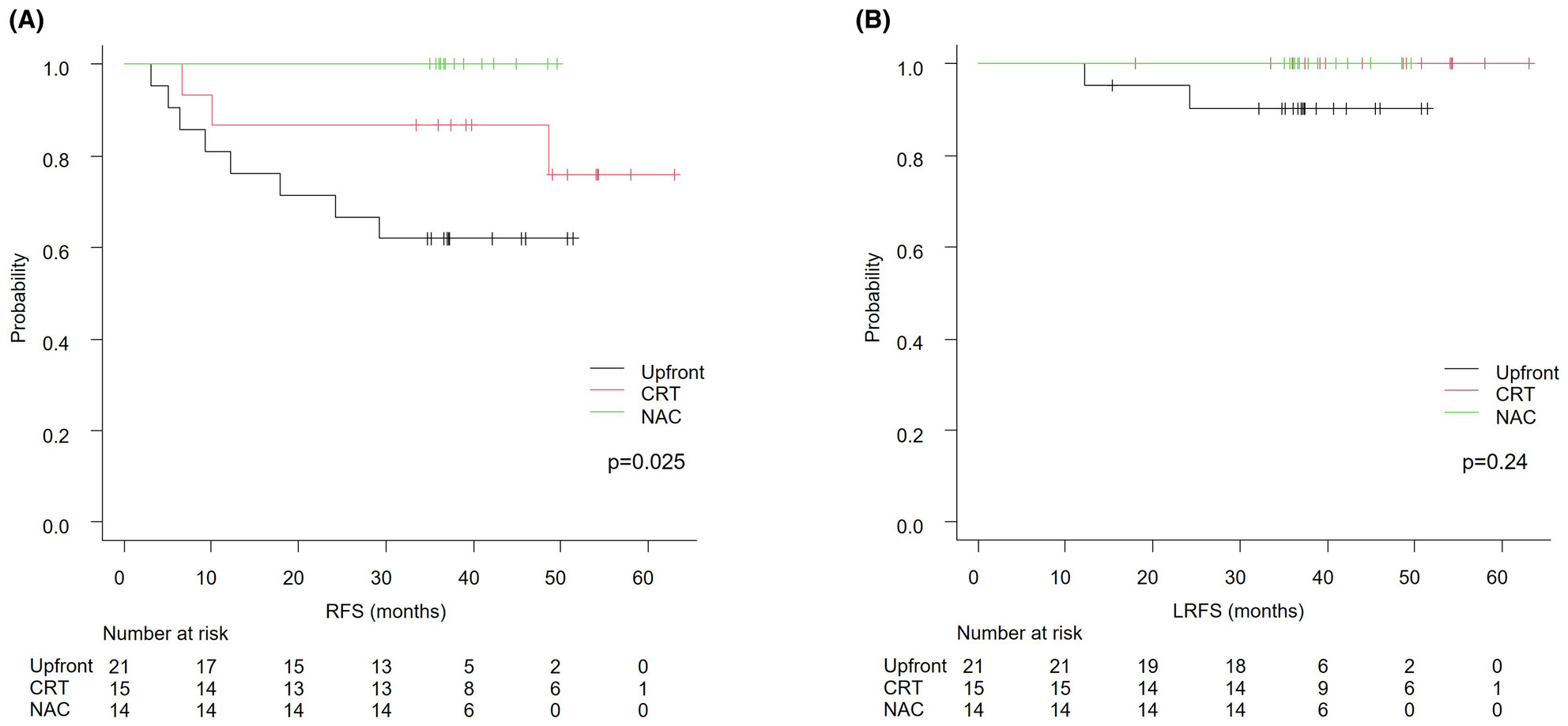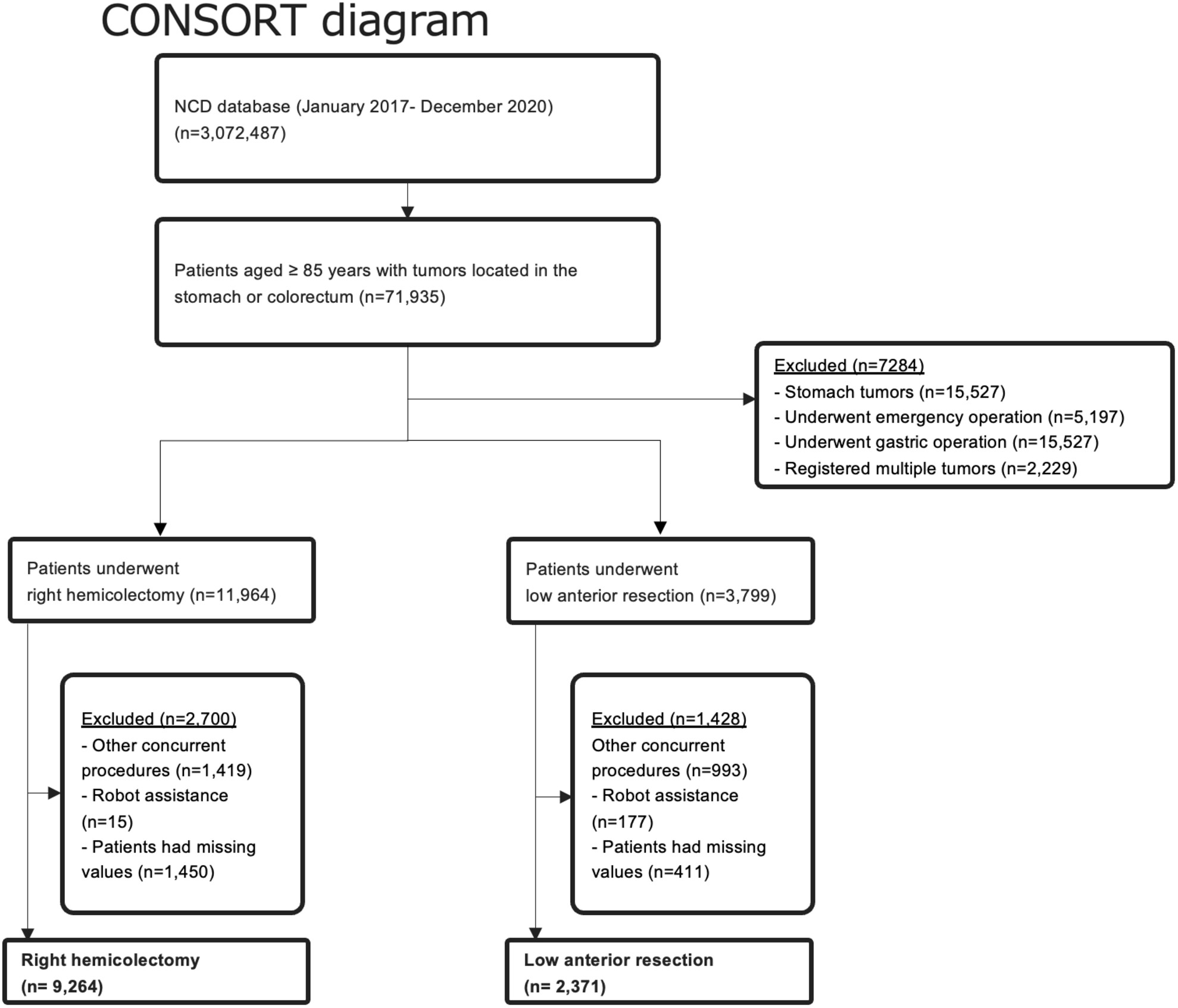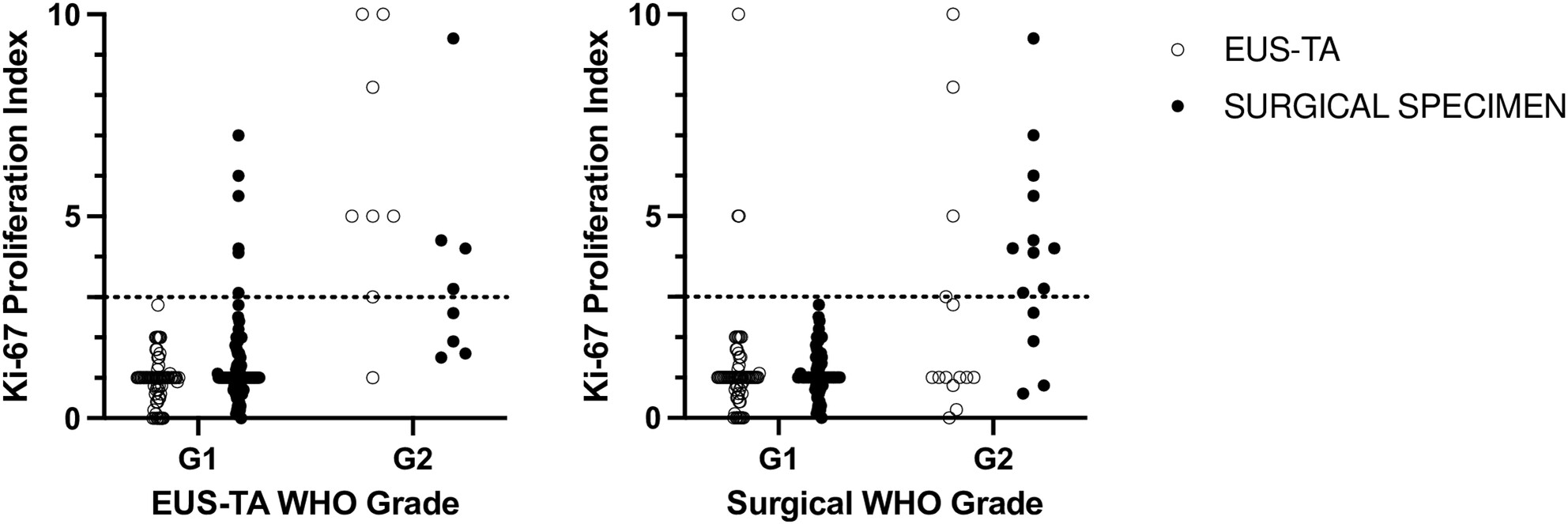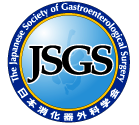Journal list menu
Export Citations
Download PDFs
ISSUE INFORMATION
REVIEW ARTICLE
Palliative management for malignant biliary obstruction and gastric outlet obstruction from pancreatic cancer
- Pages: 218-225
- First Published: 26 December 2024
JSGS PAPER
Clinical impact of low fornix perfusion on devascularized whole stomach as a risk factor for anastomotic leakage after esophagectomy
- Pages: 226-234
- First Published: 05 January 2025
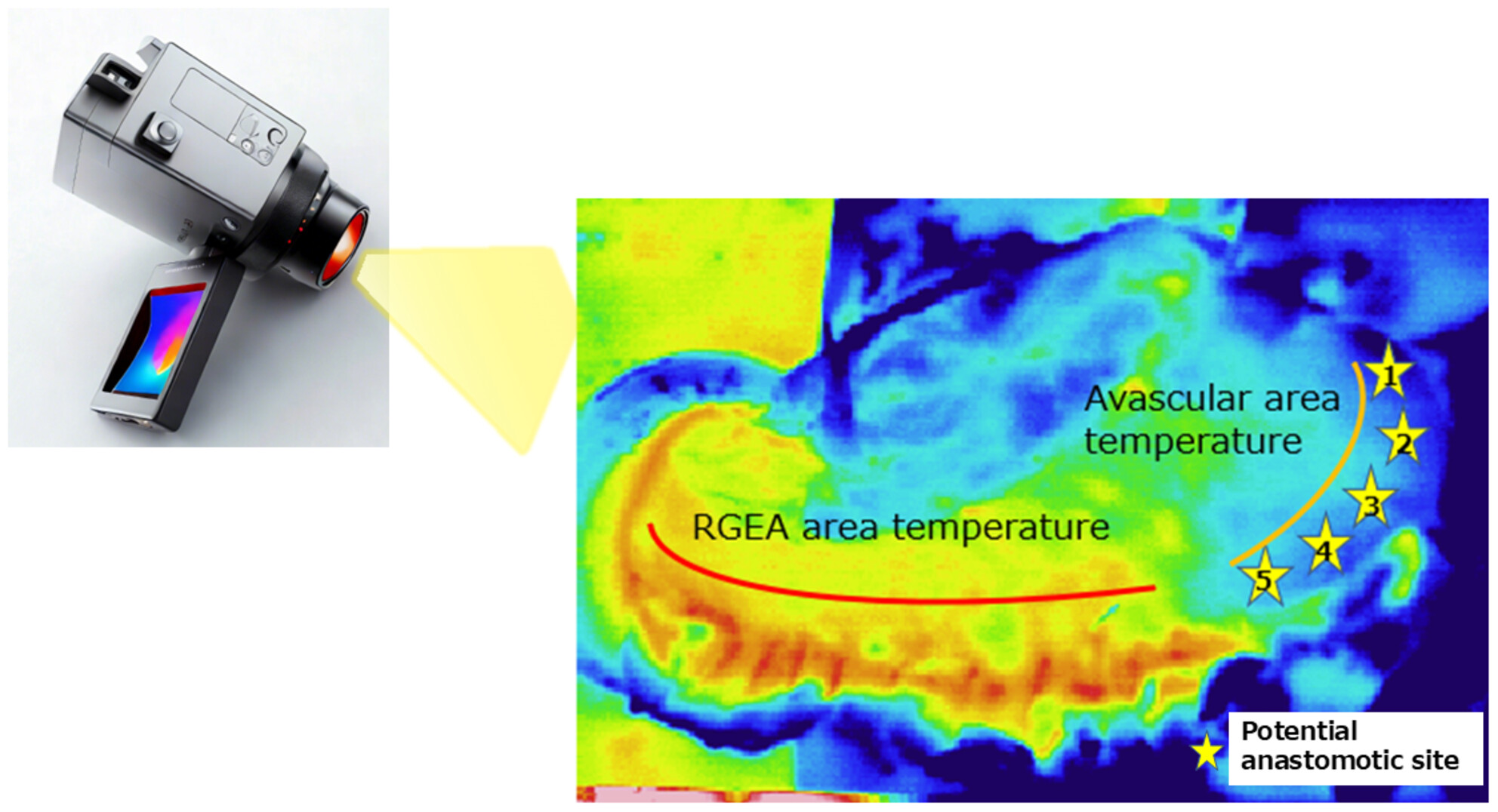
This study aimed to clarify the impact of the fornix low perfusion on devascularized whole stomach (DWS). Fornix low perfusion on DWS was a risk factor of anastomotic leakage as well as low anastomotic viability index (AVI) on gastric conduit. Additionally, fornix low perfusion on DWS was correlated with low AVI on gastric conduit.
Treatment outcomes of hepatectomy and systemic chemotherapy based on oncological resectability criteria for hepatocellular carcinoma
- Pages: 235-243
- First Published: 20 December 2024
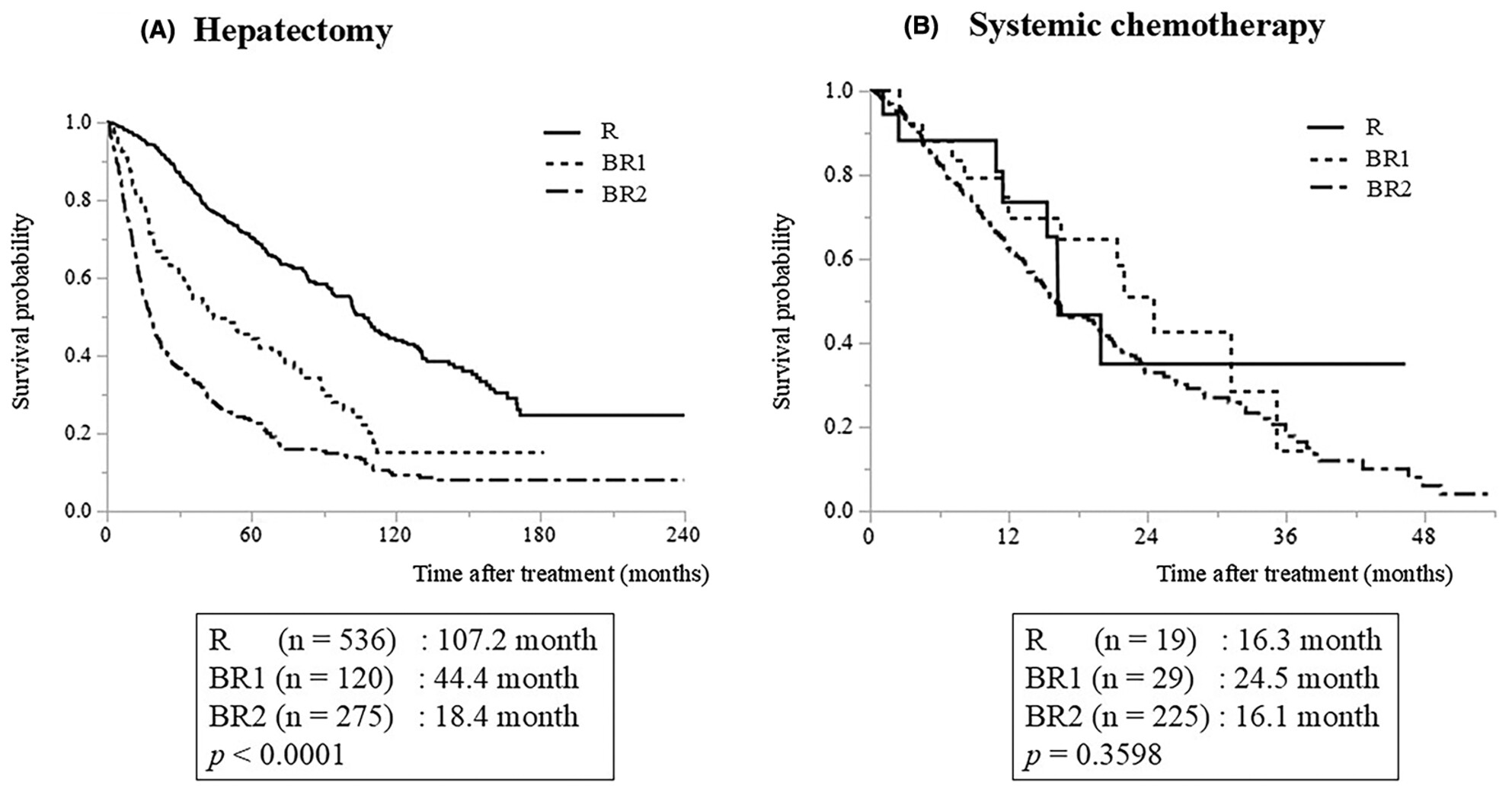
The oncological resectability criteria for HCC effectively stratified the prognosis after hepatectomy, and the treatment outcomes of hepatectomy for patients in the R and BR1 groups were favorable, indicating the validity of hepatectomy for these patient populations. Meanwhile, treatment outcomes of hepatectomy in patients with two to three BR2-defining factors are limited, suggesting the need for multidisciplinary treatment.
ORIGINAL ARTICLE
Helicobacter pylori prevalence and its spontaneous eradication rate after distal or proximal gastrectomy for gastric cancer: A multicenter prospective cohort study
- Pages: 244-250
- First Published: 01 November 2024
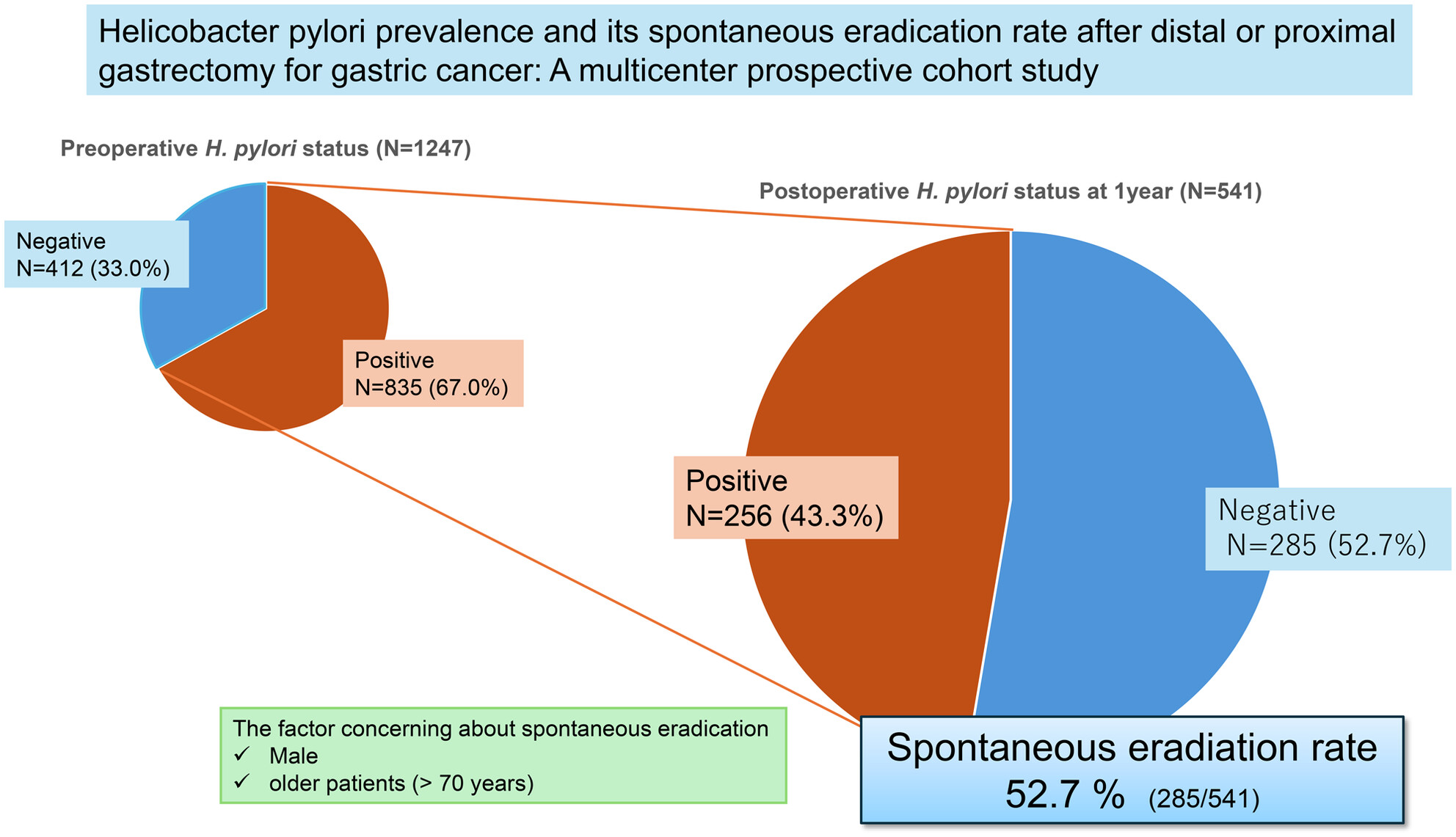
This multicenter prospective cohort study was conducted on 1247 patients who planned to undergo R0 gastrectomy for gastric cancer. The primary endpoint was spontaneous eradication rate 1 year after distal or proximal gastrectomy. As spontaneous H. pylori eradication occurred in more than half of the analyzed patients, retesting for H. pylori. should be considered before postoperative eradication therapy.
Efficacy of the U-shaped flap technique in preventing reflux after minimally invasive proximal gastrectomy for proximal gastric and esophagogastric junction cancer
- Pages: 251-262
- First Published: 09 October 2024
Risk stratification of residual abscess after surgical treatment for gastroduodenal perforation
- Pages: 263-270
- First Published: 04 November 2024

This report highlights the optimal risk stratification strategy for residual abscesses after surgical gastroduodenal (GD) perforations treatment. Since the pathogenesis of residual abscess is likely to be multifactorial, careful evaluation of potential risk factors from all angles will help us to provide prompt and precise treatment to patients, including medication history, renal function, microorganisms, and inflammatory biomarkers.
Lavage cytology diagnosed by immunostaining may be a poor prognostic factor in pathological stage III colorectal cancer
- Pages: 271-280
- First Published: 01 October 2024
Inter-prefectural and urban–rural regional disparities in rectal cancer and rectal resections: A Japanese nationwide population-based cohort study from 2014 to 2019
- Pages: 281-287
- First Published: 01 October 2024

This study aimed to clarify regional disparities in rectal cancer and rectal resections, using a Japanese nationwide database. There was no significant difference between urban and rural prefectures in the number of rectal resections, despite a significantly higher incidence of rectal cancer in rural prefectures and a significantly higher number of board-certified surgeons in urban prefectures. This pattern suggests a potential migration of surgical services from rural to urban areas.
Impact of preoperative anemia and perioperative transfusion on short-term outcomes in colorectal cancer surgery: The role of iron supplementation
- Pages: 288-297
- First Published: 04 October 2024
Efficacy of lymph node dissection around the inferior mesenteric artery with preservation of the left colic artery for rectal cancer
- Pages: 298-308
- First Published: 11 October 2024
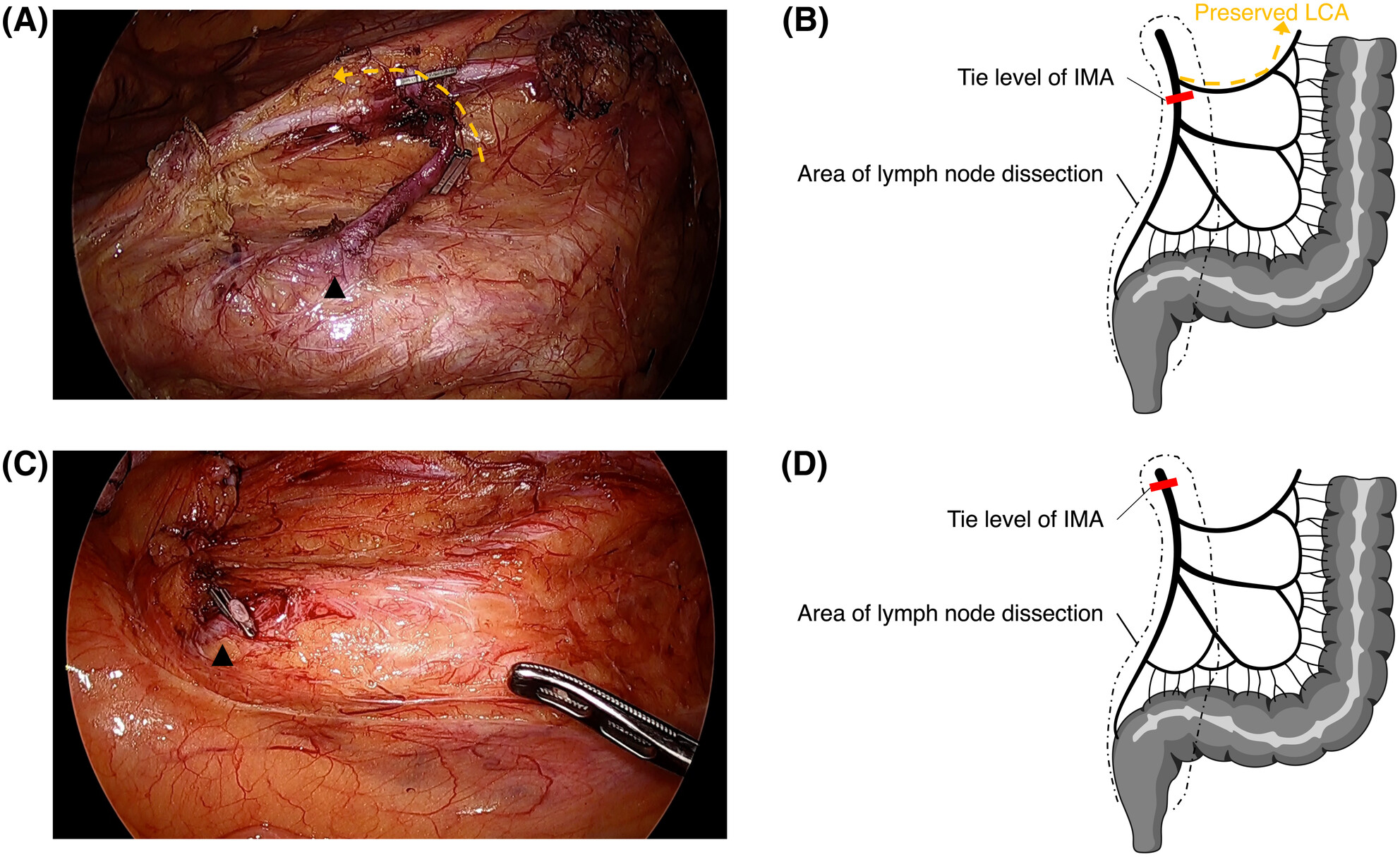
This study examined the effect of preserving the left colic artery (LCA) during Japanese D3 dissection on anastomotic leakage and oncological outcomes in rectal cancer patients. Findings showed no significant difference in leak rate or survival between D3 with LCA preservation and D3 without LCA preservation, highlighting the need for clearer guidelines on LCA preservation criteria.
Upfront surgery, neoadjuvant chemoradiotherapy, or neoadjuvant chemotherapy for rectal cancer with lateral lymph node metastasis: A multicenter MRI and lateral lymph node dissection study
- Pages: 309-318
- First Published: 16 October 2024
Risk factors for postoperative complications in laparoscopic and robot-assisted surgery for octogenarians with colorectal cancer: A multicenter retrospective study
- Pages: 319-328
- First Published: 04 December 2024

Patients with colorectal cancer who underwent laparoscopic or robotic surgery at 19 institutions in Japan between 2018 and 2023 were enrolled. Focusing on patients ≥80 y, we investigated the risk factors for postoperative complications. As a result, rectal cancer, operation time ≥300 min and blood loss ≥100 mL were associated with the occurrence of complications, whereas their comorbidities showed no association.
Identification of risk factors for postoperative complications after right colectomy and low anterior resection in patients ≥85 years old with colorectal cancer using the National Clinical Database
- Pages: 329-338
- First Published: 11 November 2024
Endoscopic ultrasound-guided tissue acquisition allows a reliable proliferation assessment of small (≤20 mm) pancreatic neuroendocrine tumors
- Pages: 339-346
- First Published: 09 October 2024
Liver resection in patients with a history of local ablation for hepatocellular carcinoma has the risk of poor survival and serosal invasion
- Pages: 347-358
- First Published: 18 November 2024
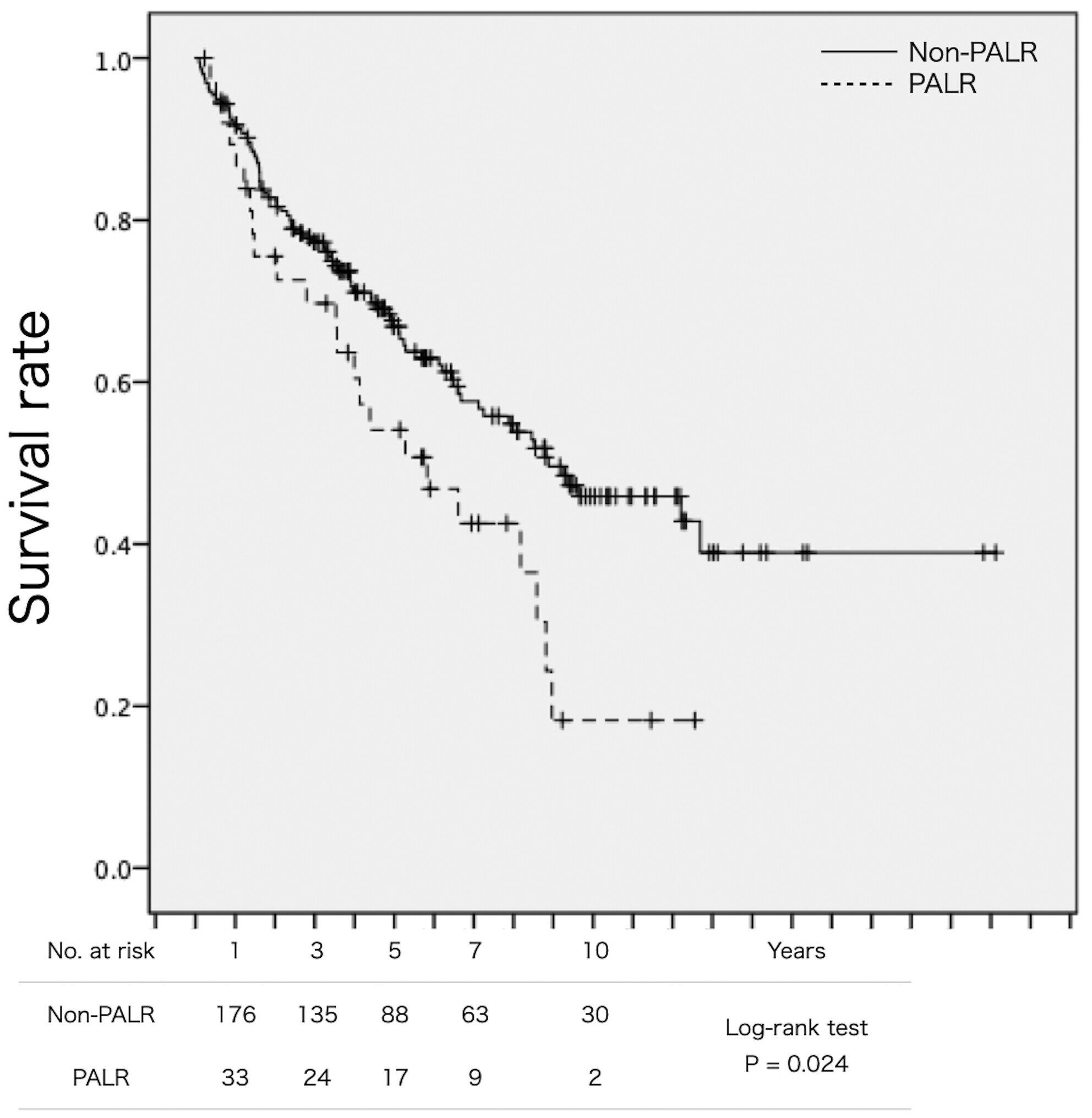
Local ablation therapy is one of the feasible treatment options for patients with hepatocellular carcinoma. However, recurrence after local ablation therapy is often seen in clinical practice. We found that hepatectomy for the recurrence after local ablation therapy has the risk of poor prognosis due to serosal invasion of the liver.
Prognostic relevance of sarcopenia and tumor-infiltrating CD8+ T cells in patients with hepatocellular carcinoma
- Pages: 359-368
- First Published: 26 October 2024
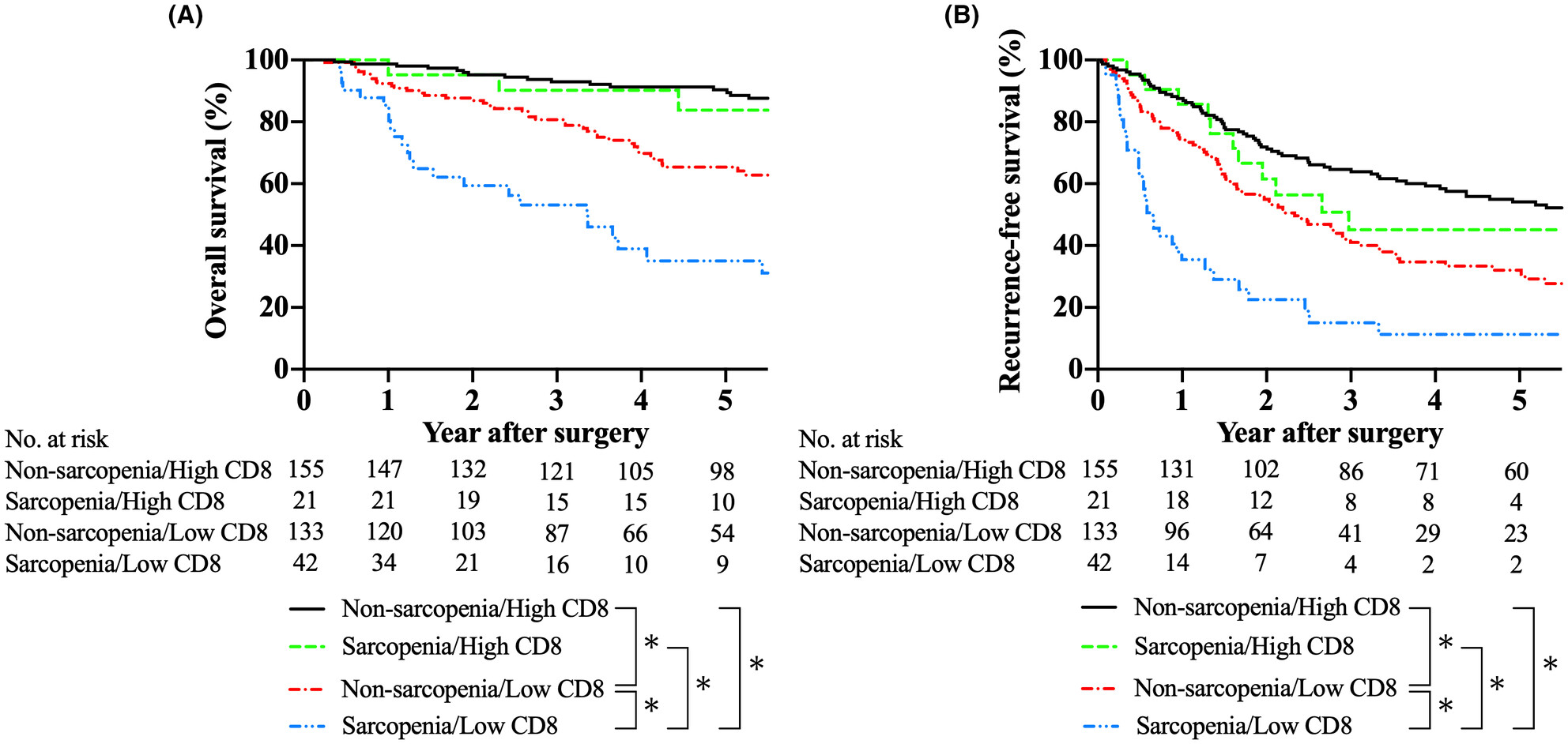
This study suggests that sarcopenia and low CD8+ levels are strong independent poor prognostic factors in patients with HCC. Furthermore, sarcopenia patients with high CD8 levels had much favorable survival and activated local immunity, suggesting that tumor-infiltrating CD8+ T cells may play a functionally important role in sarcopenia patients.
Intraoperative redosing of antibiotics for prevention of surgical site infections: A systematic review and meta-analysis
- Pages: 369-378
- First Published: 18 October 2024

In this systematic review and meta-analysis of seven observational studies, intraoperative redosing of prophylactic antibiotics during lengthy surgeries was associated with a significantly lower risk of SSI than non-redosing. Therefore, for surgeries lasting longer than approximately 3–4 h, we recommend intraoperative redosing to reduce the risk of infection.
Comparative retrospective study on surgical outcomes of hand-sewn anastomosis versus stapling anastomosis for colectomy using a nationwide inpatient database in Japan with propensity score matching
- Pages: 379-388
- First Published: 11 October 2024
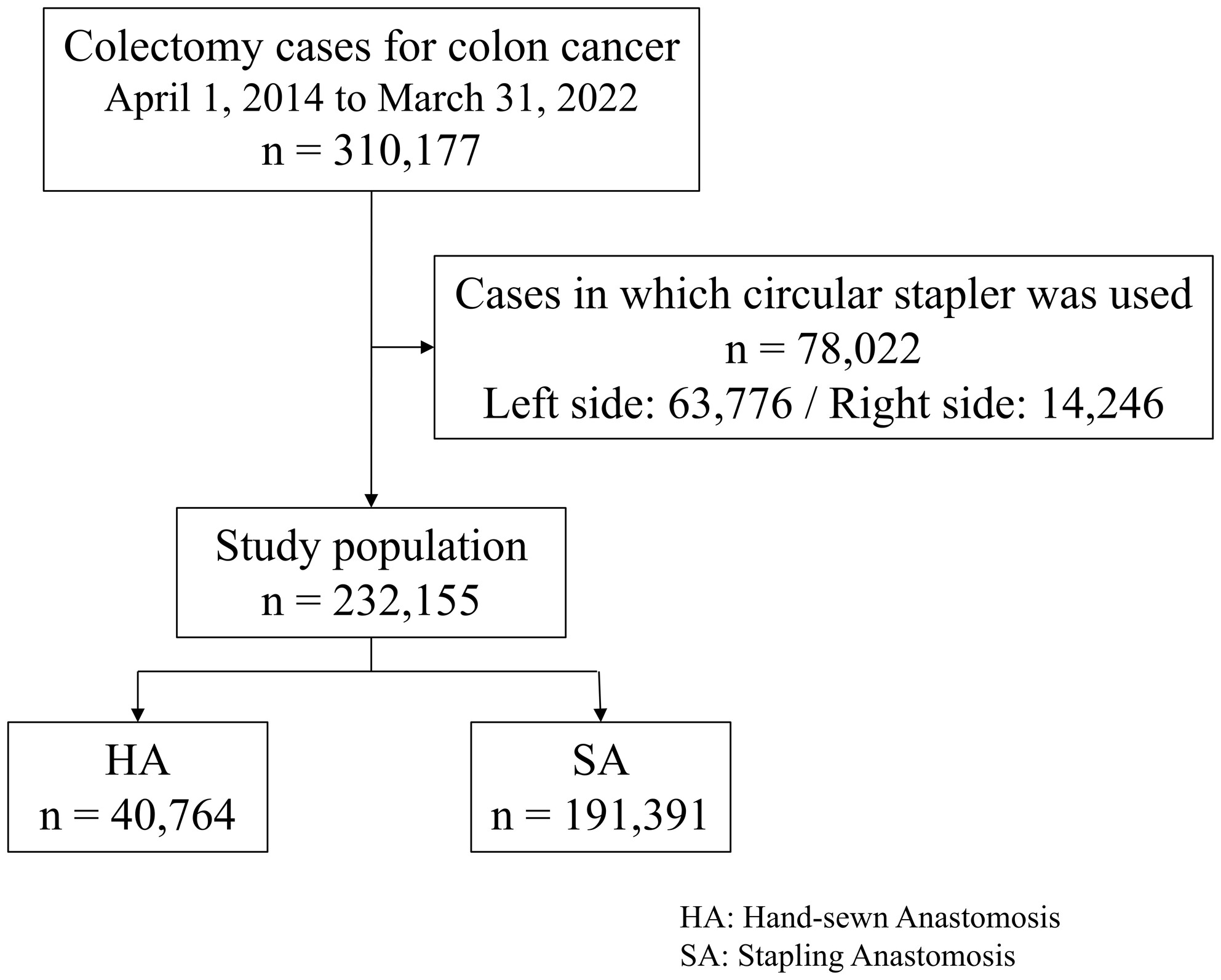
We collected over 230 000 colectomy cases with a nationwide inpatient database in Japan and compared surgical outcomes and surveyed the prevalence of each anastomosis. The superiority of both procedures differed by outcome, and stapling anastomosis was much more performed than hand-sewn anastomosis.




